


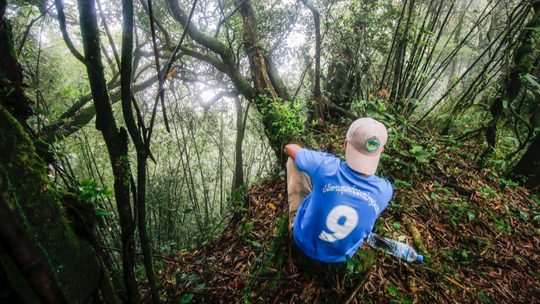
ILM is a critical approach because it acknowledges the competing interests of various stakeholder groups and user groups when trying to manage landscapes sustainably.
We know there are competing interests around biodiversity, agricultural production, conservation, livelihoods, governance… And ILM tries to create a framework for us to find synergies and benefits across all these different principles.
Leigh Ann Winowiecki
KNOWLEDGE
6 characteristics of
Integrated Landscape Management
The Central Component aims to provide strategies, practices and evidence to help both those in the field and those at policy-making level to develop and scale more impactful and inclusive landscape solutions. The CC team will be drafting and sharing all kinds of guidelines, frameworks, papers and tools from us, and aims to share foundational knowledge on ILM. So for right now let’s get foundational: here’s an overview of ILM basics.
Which of these 6 ILM characteristics are critical to your project? How important do you think they are? Tell us in the Forum.
NEWS
Let’s talk. Join us in the Landscapes Forum
Big news: we’ve been speaking about a purpose-built online space in which you can share ideas and best practices, learn from other practitioners and peers, ask questions and seek advice. Finally, it’s here, and you’re invited.
Join us in the Landscapes Forum for both public and behind-the-scenes discussions… Follow others’ conversations or start your own. Read or watch the latest thinking around ILM. Go on: use the Forum as a support facility where you can post your own queries as well as answer those of others. The central component team is actively moderating discussion and will be available to respond to key questions and technical support requests.
Speak up. We’re ready.
Or just access it from the front page of our website, where you can register (please do) or view public discussions as a guest.
REFLECTIONS FROM THE FIELD
Home on the Range
We couldn’t have asked for a warmer – or more accommodating – welcome than the one we received in April in magical Kenya, when the RangER (Kenya Rangelands Ecosystem Services pRoductivity) Programme hosted members of the Central Component on our first learning mission.
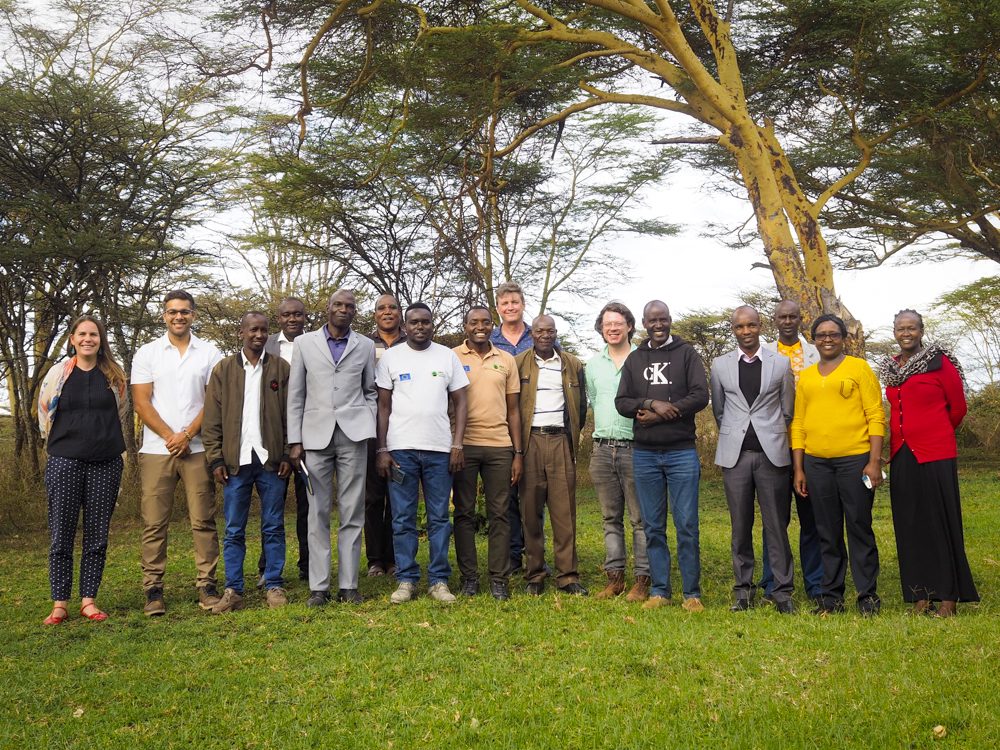
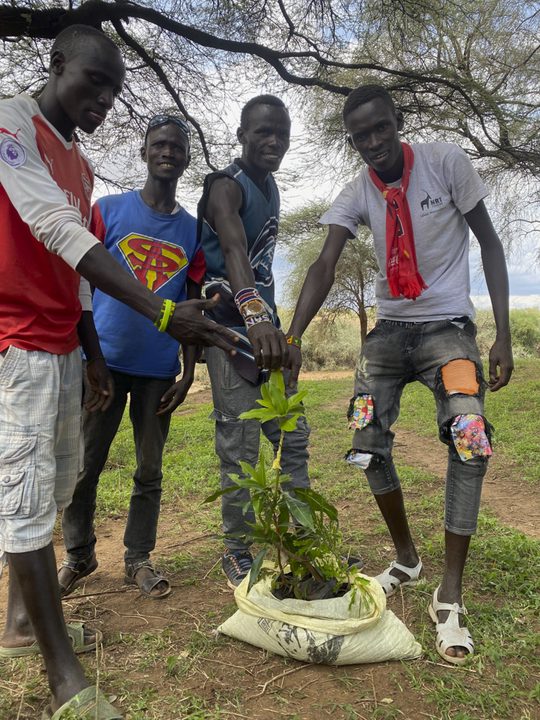
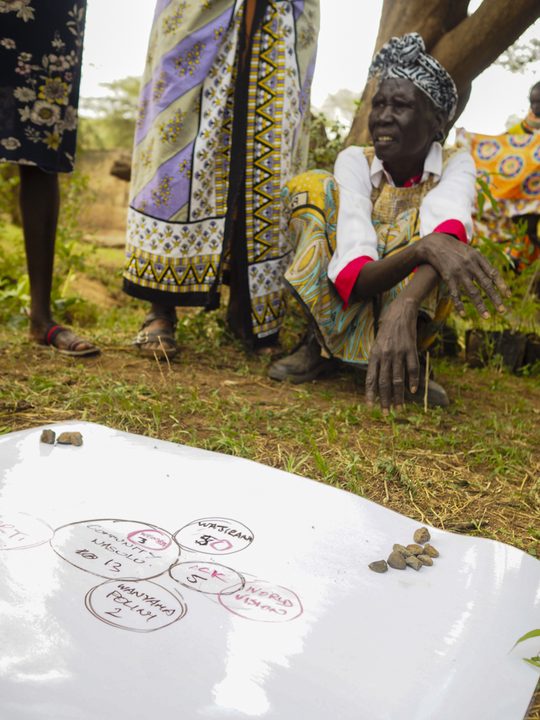
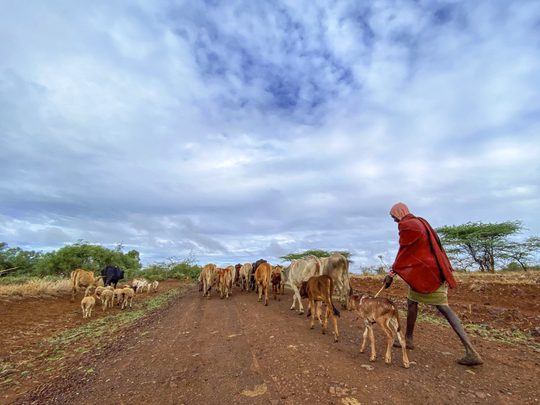
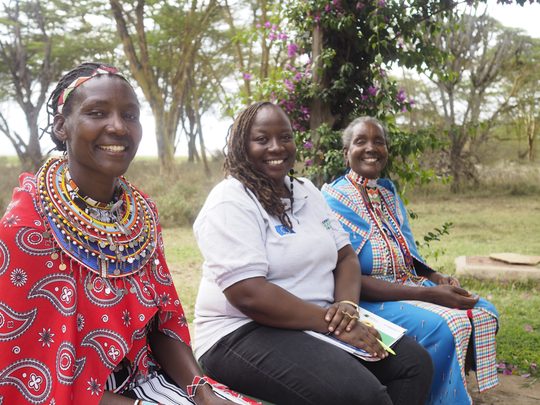
We quickly discovered that ameliorating conflict in the area is one of RangER’s major goals, which identifies a clear relationship between livelihoods, environmental degradation and conflict in the Amaya Triangle, a mosaic of savanna grasslands, shrublands and woodlands to the north of Mount Kenya.
The area hosts private and community conservancies that support both livestock production and wildlife conservation. Increasing changes in land use away from pastoralist rangeland to crop production and settlements have resulted in clusters of problems around insecurity, resource conflicts, poverty, food insecurity, social exclusion, and severe degradation of natural resources. Frequent droughts and climate change coupled with human and livestock population growth have exacerbated this situation.
Can ILM help to solve these problems?
EVENT SPOTLIGHT
Science Week 2022
In June we celebrated Science Week 2022 at CIFOR-ICRAF, joined by 500+ scientists on campus between Nairobi and Bogor.
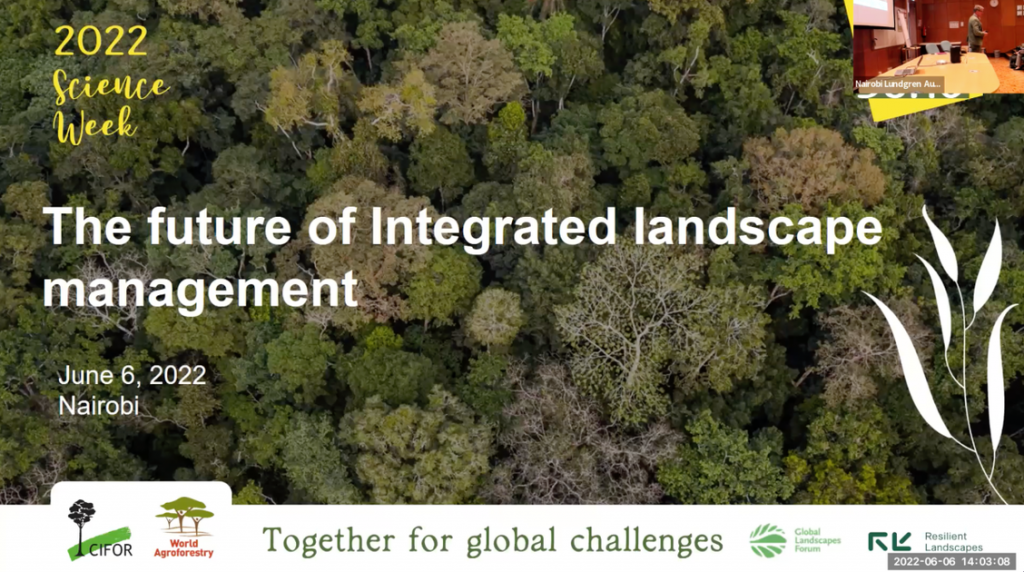
It was the first opportunity to meet (almost) our full Landscapes For Our Future team to discuss the future of Integrated Landscape Approaches (ILA) and to ask: “Are they old wine in new bottles? Another development fad? Or are they a feasible solution to landscape scale development and climate challenges?”
Have your say…
PUBLICATION HIGHLIGHT
The Little Sustainable Landscapes Book
Here’s a little something that’s nourished our minds around ILM in the past. Is this oldie still a goodie?
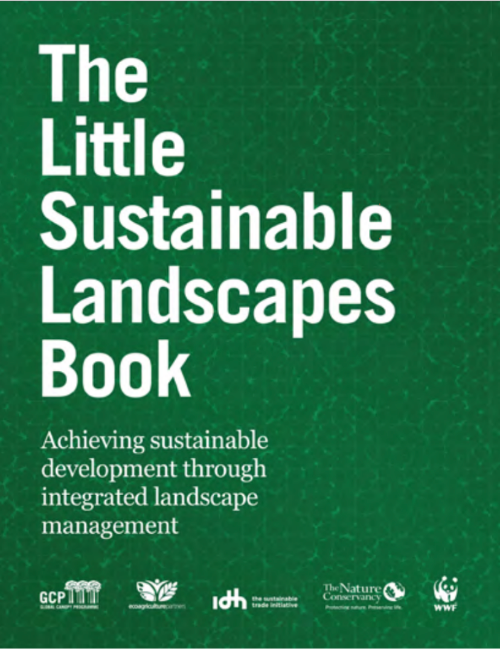
Published back in 2015, The Little Sustainable Landscapes Book remains a piece of our mosaic of understanding – a foundational volume by thinkers that remain very much engaged in the landscape space today. Of course, our thinking on ILM has advanced plenty over these past seven years: from a biophysical, technocratic and top-down approach to one that has more organic origins but is also more ambiguous and complexity-embracing.
Have your say: What have you learned from this publication? What do you think has changed since it was published?

Integrated Landscape Management (ILM) is integral to the European Union’s (EU) ambitious post-2020 biodiversity and food systems agendas and its commitment to the Paris Agreement and the Sustainable Development Goals. ILM approaches furthermore facilitate an inclusive green recovery consistent with the EU Green Deal. In 2019, the EU launched the five-year Landscapes For Our Future programme, which now supports 22 ILM projects, spanning 19 countries and 3 sub-regions across the Global South.



